3,525 reads
Creating Custom Widgets in Flutter: App Bar, Drawer, and Bottom Navigation Bar
by
August 26th, 2022
Audio Presented by

As a freelancer, I create addons and scripts to automate google products such as sheets, Gmail, docs with apps script.
About Author
As a freelancer, I create addons and scripts to automate google products such as sheets, Gmail, docs with apps script.